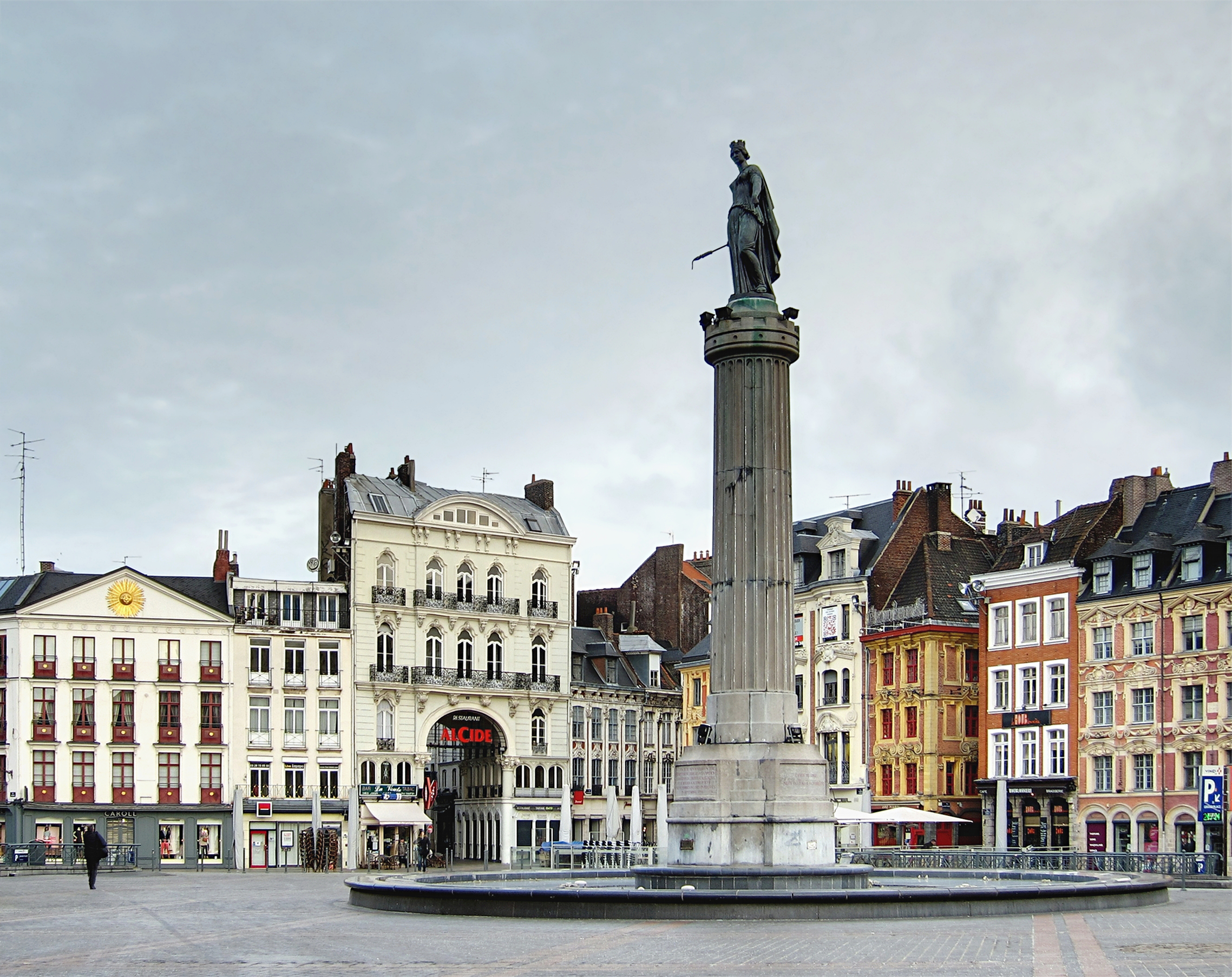
The second stop in our virtual tour de France is the region of Picardie in the north. In 2016, it was combined with Nord-Pas de Calais to form a new administrative region called Hauts-de-France, but for our purposes, we’re keeping it old school.
In what we suspect will become our introduction to every region of France, we’ll point out that this area is noteworthy for its history, natural beauty, picturesque villages, stunning architecture, and contributions to culture. Where is Ugly, Boring France? We know it must exist, but so far, we haven’t discovered it.
If you like books, read on to the end. Literature gets its place in the sun, or the Somme. And be sure to check out this week’s video, which features Story Time!
Let’s start with history. Of the many wars and battles that have plagued this land, none surpassed the horror known as The Great War, or World War I. More than a million soldiers perished in the Battle of the Somme in 1916. Two years later, an armistice was signed in the Forest of Compiègne.

A German trench occupied by British Soldiers near the Albert–Bapaume road at Ovillers-la-Boisselle, July 1916 during the Battle of the Somme. The men are from A Company, 11th Battalion, The Cheshire Regiment.
Today, visitors can tour memorials, preserved trenches and battle craters to remember those who fought in The Great War. Maybe even a cemetery, if it’s not raining.
Also prevalent through the region are former battlefields covered in poppies, the blood red flowers that were the first plant species to repopulate the disturbed soil after the battles.

Nature enthusiasts “flock” to the Baie de Somme estuary to witness tidal surges, bird migrations and France’s largest seal colony. Leah is eager to see this!


We now interrupt this post for a general assessment of the nature of travel, or travel in nature.
In 55 years of living, I can’t recall ever hearing a friend or acquaintance mention traveling to France for a nature adventure. In fact, few people I know ever get beyond Paris. It’s perhaps understandable that Americans go to France for museums, castles, food and wine rather than hiking and kayaking. We don’t need to cross an ocean to enjoy the great outdoors.
Your elder guide, Sharon, with the younger, Leah, concurring
Yet, travelers who neglect France’s natural attractions for its famed urban amenities are missing the full splendor of this country. France is one of the best destinations in the world for getting out there, and we will endeavor to make that case on this tour.
In Picardie, the previously mentioned Baie de Somme is the big draw. The half tones of light and changing landscape of this coastal area provided inspiration and scenery for painters such as Edgar Degas, Georges Seurat, and Alfred Sisley.
Picardie has so much to do outdoors that we fear making a list here would fatigue our readers, so if you are interested in checking it out, we’ll refer you to this excellent tourist info site, conveniently in English or French.
When we eventually travel to Picardie, we’ll be sure to hit up natural and human-built attractions. The region has its share of castles and cathedrals, along with charming villages.
The largest city in Picardie is Amiens, which has this gorgeous cathedral, and I’ll wager the lines are shorter than at Notre Dame in Paris.

What would a visit to France be without a castle stop? We may go to Picardie just to see the Château de Pierrefonds, the exterior of which was used as Camelot for the very British television series Merlin (one of Leah’s favorites).

And Picardie has tons of pretty villages, such as Gerberoy.

Now we need to talk about books. Possibly due to its convenient location to Paris, Picardie has been home to some of France’s greatest writers. Colette had a vacation home on the Baie de Somme. Jules Verne spent his latter years in Amiens, where visitors can tour his mansion.

Picardie is the birthplace of my favorite French novelist, Alexandre Dumas. The author of The Three Musketeers and The Count of Monte Cristo was born and raised in the town of Villers-Cotterêts, just north of Paris. His father was a general in the French Revolution and in Napolean’s army. The elder Dumas’ life inspired some of his son’s adventure stories, and for more on that, I implore you to read the excellent, Pulitzer-Prize winning biography of General Alex Dumas by Tom Reiss, The Black Count. It’s testimony to the old adage that truth is indeed stranger than fiction.
Next issue: the food of Picardie.









